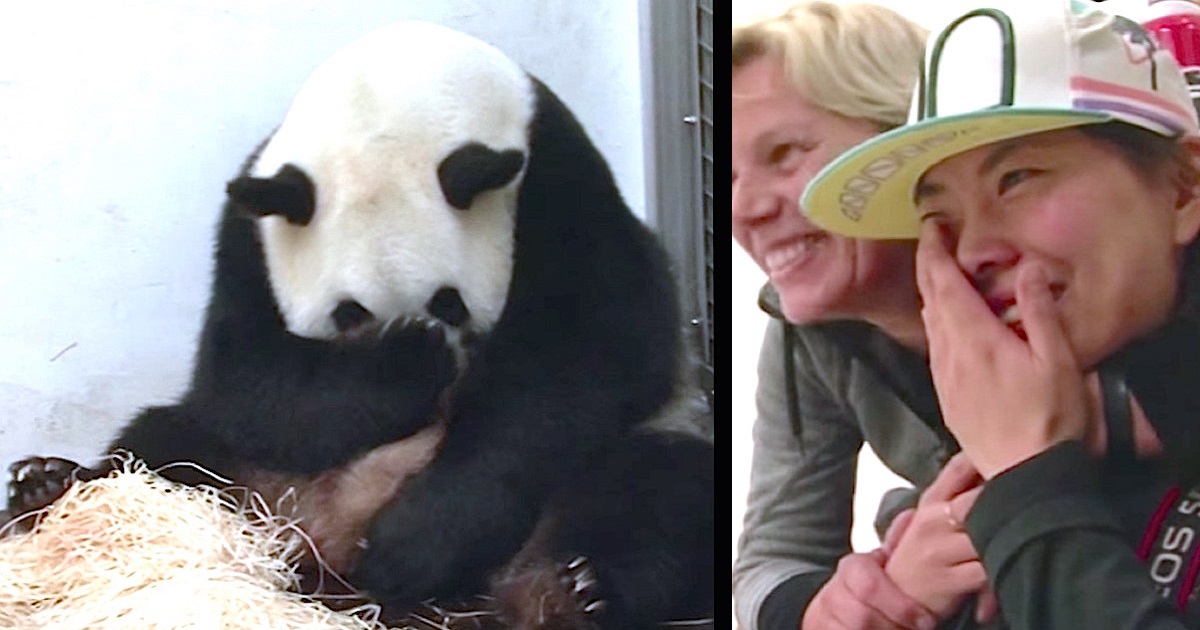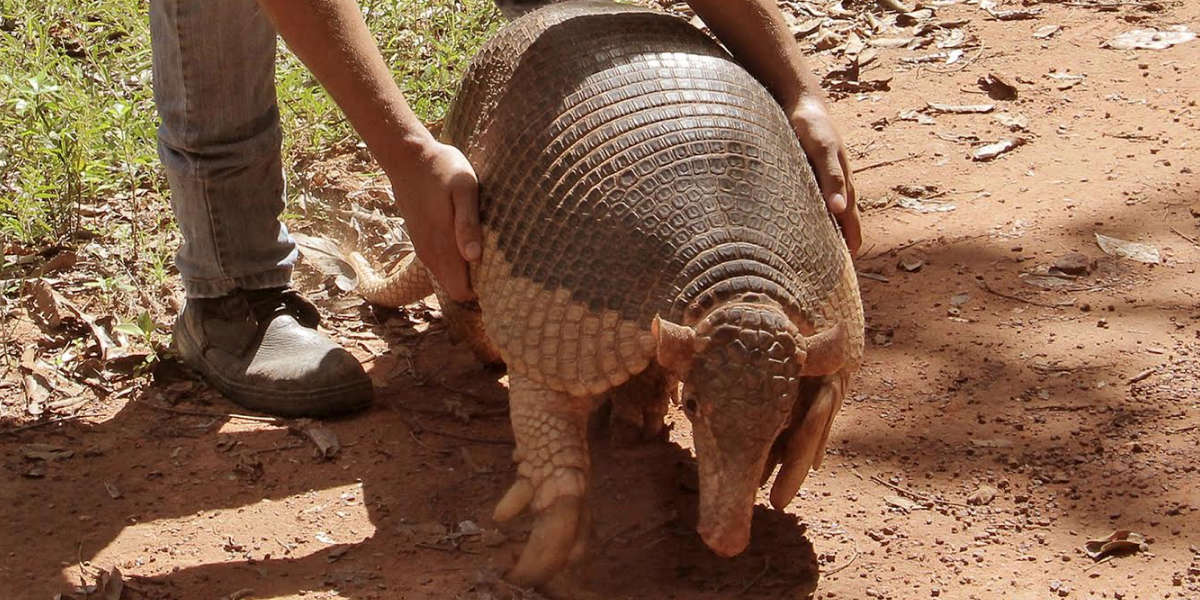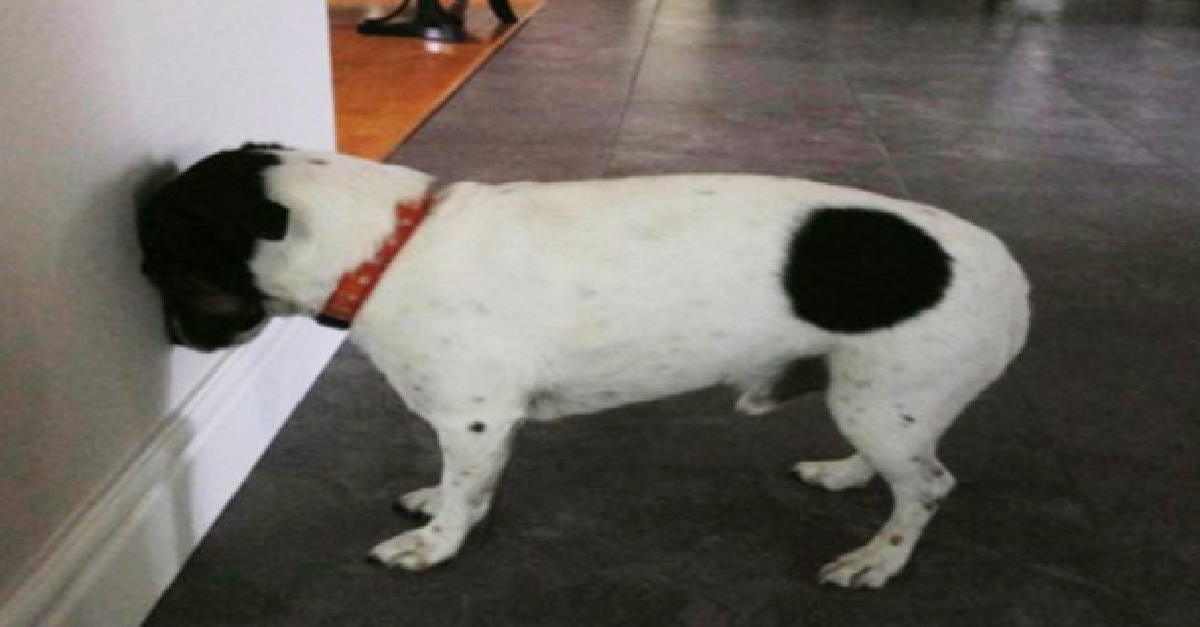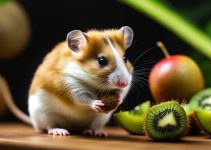Greetings! Today, I want to dive into the fascinating world of frogs and explore their dietary habits. Have you ever wondered, what do frogs eat? Well, you’re about to find out! Frogs have a diverse diet that varies depending on their life stage and habitat. Let’s delve into the details to learn more about the frog diet and what these amazing creatures consume to sustain themselves.
What Do Frogs Eat?
- Frogs have a varied diet consisting mainly of insects, invertebrates, and small animals like snails, slugs, and worms.
- Tadpoles primarily feed on algae but gradually transition to eating plants and small insects as they grow.
- Frogs can resort to cannibalism if food is scarce, as tadpoles may eat other tadpoles.
- Understanding frogs’ diets is crucial for pet frog owners to provide proper nutrition.
- By monitoring and studying frogs’ diets, we can contribute to their conservation and the health of their ecosystems.
How do Frogs Breathe and Stay Underwater?
Frogs have an interesting ability to breathe both in and out of water. They can breathe through their thin skin, which allows oxygen to pass through when they are underwater.
Frogs can also breathe through the lining of their mouths. While they do have lungs, they primarily use them when they need to replenish their oxygen levels. Tadpoles, on the other hand, breathe through gills, similar to fish, but they lose these gills as they mature into frogs.
Understanding how frogs breathe underwater is fascinating. Their skin plays a crucial role in their respiratory process, allowing them to absorb oxygen from the water. This unique adaptation enables frogs to explore aquatic environments and thrive in various habitats.
Now that we have learned about frogs’ breathing abilities, let’s explore their remarkable endurance and the duration they can stay underwater in the next section.
How Long Can Frogs Stay Underwater?
The duration that frogs can stay underwater varies depending on their level of activity. Active frogs typically remain submerged for only a few minutes before resurfacing to breathe. However, during periods of hibernation, frogs can exhibit remarkable endurance and survive without breathing for several months while buried in the mud at the bottom of a pond.
Frogs have a remarkable ability to adapt to their environment, enabling them to adjust their behavior and physiological processes to ensure their survival. Whether it’s taking quick breaths during active moments or slowing down their metabolism and oxygen requirements during hibernation, frogs have evolved ingenious strategies to thrive in both aquatic and terrestrial habitats.
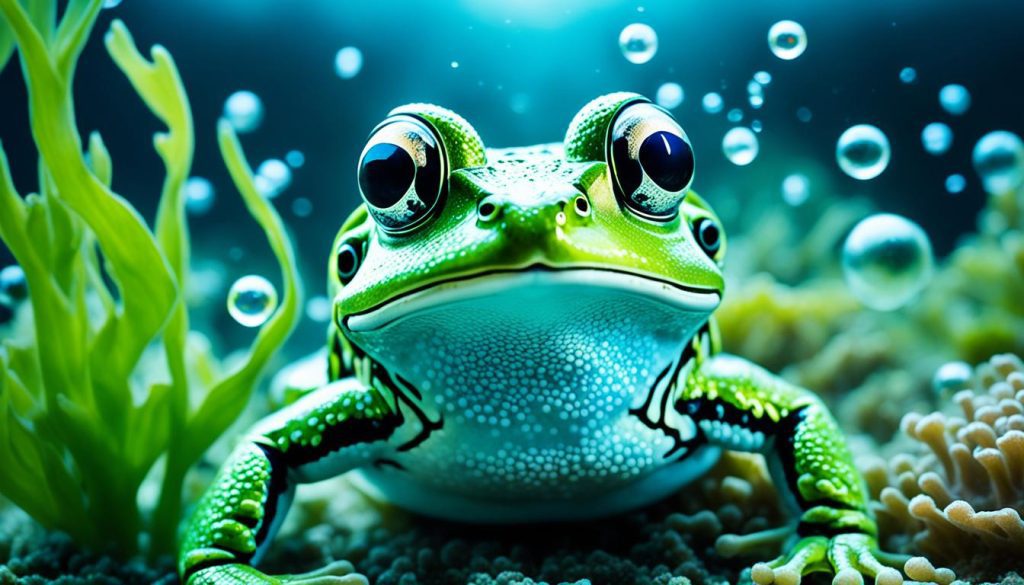
Frog Adaptations for Underwater Survival
- Skin Breathing: Frogs possess thin and permeable skin that allows them to absorb oxygen from the water through a process called cutaneous respiration. This adaptation enables them to extract oxygen while submerged.
- Mouth Lining Breathing: Frogs also have specialized blood vessels in the lining of their mouths that facilitate oxygen uptake when they hold their mouths open underwater.
- Lung Respiration: Although frogs primarily rely on skin and mouth lining breathing, they do possess lungs. Frogs use their lungs mainly when they need to replenish their oxygen levels rapidly.
Frogs have evolved various mechanisms to navigate both aquatic and terrestrial environments, allowing them to stay underwater for different durations depending on their activity levels and environmental conditions. These adaptations, such as skin breathing and hibernation, enable frogs to survive and thrive in a range of habitats.
Creating the Perfect Environment for Frogs
If you want to attract frogs to your garden, one way is to create a frog pond. A frog pond offers a suitable habitat that can entice these amphibians to visit your garden. To create a frog pond, you will need a few essential items:
- A large sturdy container: Choose a container that can hold enough water to create a pond-like environment. It should be spacious enough for the frogs to comfortably swim and move around.
- Bricks or wood for steps: Provide steps or platforms for the frogs to access and exit the pond easily. This can be achieved by placing bricks or wood at the edges of the container, creating a gradual entrance and exit.
- Small pond plants: Adding aquatic plants such as water lilies, duckweed, or cattails can create a natural and inviting environment for frogs. These plants provide shade, hiding places, and contribute to the overall ecosystem of the frog pond.
When filling the frog pond, it’s important to use rainwater rather than tap water. Tap water may contain chemicals or traces of chlorine that can be harmful to the pond life, including frogs. If rainwater is not readily available, you can collect and store rainwater for later use.
By creating a frog pond in your garden, you provide a habitat that closely resembles frogs’ natural habitats. This can increase the chances of having frogs visit your garden and contribute to natural pest control by eating insects. With a little effort, you may transform your garden into a welcoming sanctuary for frogs.
What to Feed Your Pet Frog
If you have a pet frog, it is important to provide them with a proper diet. As a responsible frog owner, I always ensure my pet frog’s nutrition needs are met. Feeding your pet frog a well-balanced diet is crucial for their overall health and well-being.
The main food for pet frogs consists of various insects, which mimic their natural diet in the wild. These include cockroaches, crickets, and fruit flies. These insects are rich in protein and essential nutrients that are vital for your pet frog’s growth and development.
There are also other suitable options to vary their diet and provide additional nutrients. You can include mosquito larvae, mealworms, and earthworms as part of their feeding routine. These options offer different textures and flavors that can enhance your pet frog’s mealtime experience.
However, it is crucial to remember that pet frogs are primarily carnivorous and cannot fully digest fruits or plants. Therefore, it is best to avoid feeding your pet frog these types of foods. Stick to their natural diet to ensure their digestive system functions optimally.
To ensure your pet frog receives optimal nutrition, it is essential to research and understand the specific dietary needs of the frog species you have. Different frog species may have slightly different diet requirements, so it’s important to tailor their meals accordingly.
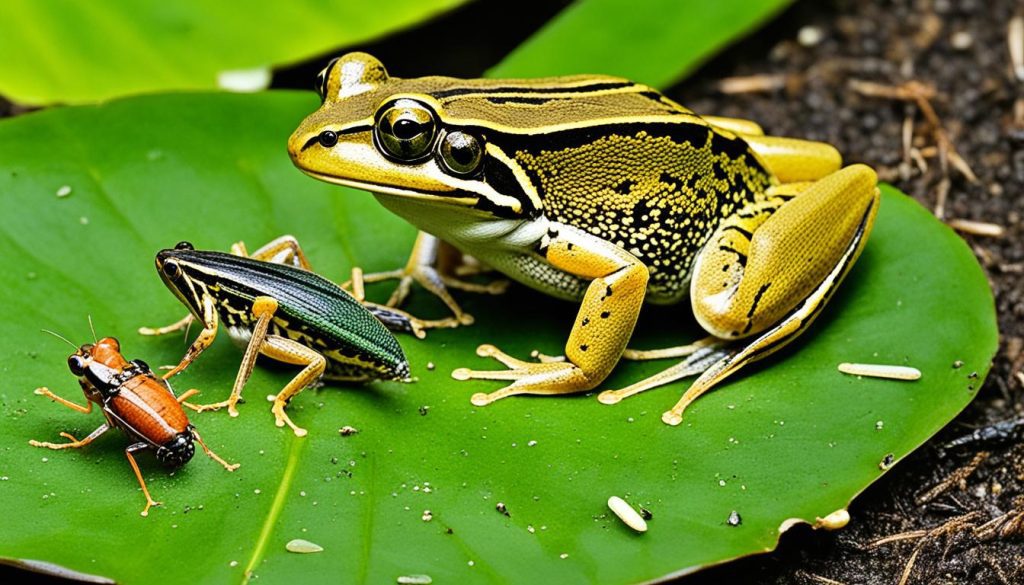
Providing a varied and balanced diet is key to keeping your pet frog healthy and thriving. By following these guidelines and offering a diverse range of insects, you can be confident that you are providing the best food for your pet frog.
The Importance of Monitoring Frogs
When it comes to understanding the health of frog populations and the overall ecosystem, monitoring their behavior is crucial. By closely tracking their reproductive cycles and other key aspects of their lives, we can gather valuable information that helps us make informed decisions for their conservation.
One notable project that focuses on monitoring frog populations is Nature’s Calendar. This initiative aims to track the first sightings of frogspawn and tadpoles, relying on the contributions of citizen scientists to record and report observations.
Participating in frog monitoring programs such as Nature’s Calendar allows individuals to play an active role in collecting essential data. By working together as a community, we can better understand the impacts of climate change, habitat loss, and other environmental patterns that affect frogs and their habitats.
Through these monitoring efforts, we gain insights into the reproductive success of frog populations. This information helps us assess the health of ecosystems and identify any potential threats or issues that require intervention. By maintaining a watchful eye on frog populations, we can support their conservation and ensure the preservation of biodiversity.
Conclusion
The diet of frogs is highly diverse and depends on their life stage and habitat. Young frogs and tadpoles primarily consume insects such as flies, moths, and small invertebrates like snails, slugs, and worms. As they grow, frogs gradually transition to a diet of plants and small animals.
When it comes to caring for pet frogs, it is crucial to provide them with a nutritionally balanced diet. This includes offering a variety of suitable prey such as insects and worms. Avoid feeding pet frogs fruits or plants, as they are primarily carnivorous and cannot properly digest these foods.
Understanding and monitoring frogs’ diets are essential for their conservation and the maintenance of delicate ecosystems. By studying their feeding habits, we can contribute to the preservation of frog populations and ensure the balance of the natural environment.


